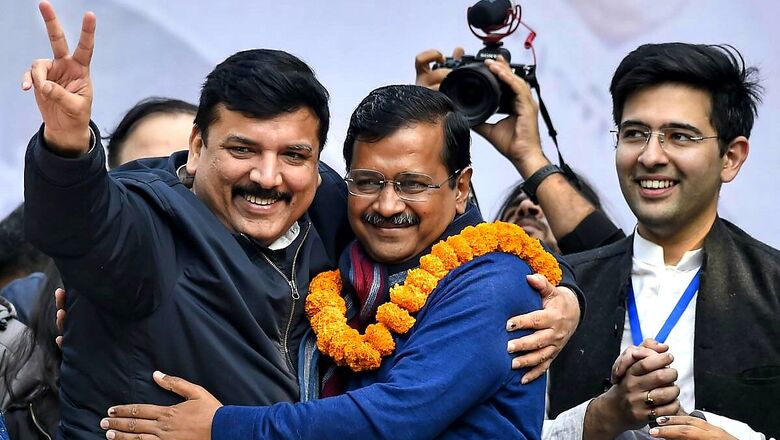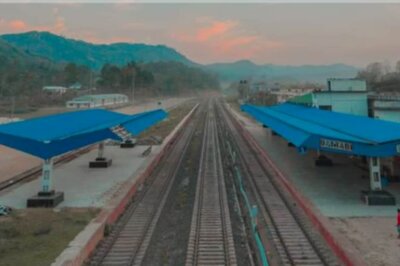
views
The politics nowadays is no longer just ‘politics of real’ but has turned into politics of perception. The political parties are inventing new strategies to make, remake and manipulate the perceptions for producing public opinions. Surveys on caste and community also contribute to it in their own way in framing perception and forming public opinions.
In times of electronic communication and social media, positive and negative perceptions are being manufactured in various ways. Recently, an interesting incident took place in Uttar Pradesh. A number of people in the state received automated calls asking them to respond to questions related to Yogi Aadityanath government’s inclination towards certain castes. The UP government lodged an FIR against unidentified people for conducting the caste-based survey.
Soon after the FIR was filed, Aam Aadmi Party leader Sanjay Singh came forward and accepted his involvement in this survey .He also defended the survey by arguing that such surveys may help us to understand how people perceive the image of the government.
The surveys in this cyber dominated time may work in two ways. Firstly, they help us understand social realities through generations of data for formulating policies. Secondly, a few surveys may manipulate people’s perception by pushing their mind into thinking in a certain direction by asking questions.
Sometimes, a question determines the nature of its answer as well. The questions also contain hypothetical statements and may strengthen certain unproved assumptions. So, they may also function as a propaganda strategy if it comes in the hand of politicians. In the age of automated surveys, people can’t see or read the face of the interviewer. In this circumstance, sometimes rumours loaded with multiplications and mutation of certain perception may be possible. When the data gathered through such a survey may be analysed and prove certain assumption, it may further help in framing people’s perception.
The market and politics both are using these techniques to create demand for their brands. The brand may be both goods and products as well as images. In the western electoral democracy, one can easily find use of such methods in framing perception during elections. Some of the electoral psephology sponsored by politically inclined funders may also form perceptions that attract voters to the booth in favour of a certain political party. The United States, which appeared very innovative in doing perception politics in the last few decades, invented and introduced various market advertisement tools and techniques in the US electoral politics.
So, understanding the political implication of such a survey, the Yogi Adityanath-led BJP government felt agitated. In UP, various political parties are trying to multiply the annoyance of a few castes and communities such as Brahmin and Dalits and mobilise them in their favour for the electoral purpose. The AAP is trying hard to establish a solid electoral base in the state since the last few elections. But they have not yet acquired satisfactory results despite constant efforts.
Sanjay Singh, who hails from Uttar Pradesh himself, is trying to cultivate electoral base and space for AAP politics there. In this process, all the opposition parties, including AAP, have to contest with BJP in the coming elections. Now these contests will be at two levels — first, mobilising caste and communities and secondly, making, framing and manipulating perceptions. To mobilise the caste, this survey on the caste tilt image of political party may be one of the well thought strategies of Aam Aadmi Party. In Delhi assembly elections, the party successfully contested and won the electoral battle on the ground and also on the level of perception against the BJP. We will have to see how this battle of perception takes place in the 2022 assembly elections in Uttar Pradesh.

















Comments
0 comment